The relatively short stretch of coastline in Labrador’s
southeast across from Newfoundland island is the most settled part of the
enormous mainland part of the province, but it still feels like the end of the
earth since the coastal villages are all quite small and rustic. This coastal
region even looks more barren than the rest of the province, the nearly
constant winds preventing tree growth. And although it may not be quite as frigid
as the interior, the more maritime climate means massive annual snow
accumulations. While most of the snow at the low elevations near the coast was
gone in early June, the road passed through some more elevated spots a short
distance inland between villages which still looked like the arctic at the time
of my visit.
Being more closely connected to the main part of
Newfoundland, Southeast Labrador operates on Newfoundland time rather than
Atlantic time like the rest of the region. That means it’s 90 minutes ahead of
Eastern time rather than just an hour. I’ve always found it weird how certain
places operate a half hour off the normal hour spaced time zones.
It makes me
feel way out east, like almost one third of the way to Europe.
There are a couple worthwhile sites in the area. I didn’t
stop to take the boat trip to Battle Harbour, a abandoned “outport” community
on an island now operating as both a historic site and expensive resort because
of the high cost of boat transport to get there. I continued on to Red Bay
where I ate breakfast at the only restaurant in town and ordered the breakfast
of Newfies. That would be corned cod with toast, the “corned” meaning soaked in
salt water although not reconstituted dried fish as in Bacalao.
Red Bay is a UNESCO World Heritage Site because of Basque
whaling stations that operated in the area between around 1550 and 1600. The
seasonal operations are believed to have been substantial, in some years involving
up to 2,000 men in what was the first commercial whaling operation. The stations
were totally lost from history, though, until archaeological discoveries were
made in 1977 and research was conducted in the Basque country uncovering
historic documents on the trade.
Nowadays the site is part of Parks Canada, but
the actual archaeological site is on an island in the bay which was closed at
the time of my visit because of nesting birds, so I only got to see the
interpretive center. I did a hike across the bay, though, on the Tracey Hill
Trail for spectacular views of Red Bay and up and down the coast. I’m getting
to like the way Canada does trails; this one was entirely on wooden boardwalk
with 650 steps.
A second small archaeological site farther south along the
coast is the Maritime Archaic Burial Mound at L’Anse Amour, the oldest known funerary
monument in North America at 7,500 years old. Nearby is the tallest lighthouse
in Atlantic Canada.
One thing I’ve noticed already is how friendly Newfies are.
People tend to be that way when they live in places where they don’t see a lot
of other people and all know each other. “Hey, are you the tourist who brought
this great weather?” a lady in the small café where I had lunch asked me. Hmmm,
I guess I must be since I seem to be the only tourist in town. And is that what
they consider great weather here? It was actually not too bad with occasional
sunshine, little wind, and only occasional showers.
I call this area of coast the land where icebergs go to die.
I guess a lot of the ice I’m seeing is the remains of sea ice, but the coast of
Labrador and northern coast of Newfoundland are also known as Iceberg Alley
since truly huge icebergs do float down from Greenland and the Canadian arctic
islands. I was still surprised to see so many, although locals told me it had
been an unusually cold spring, that it wasn’t normal to still have so much snow
on the ground in early June.

 Red Bay, Newfoundland and Labrador, Canada
Red Bay, Newfoundland and Labrador, Canada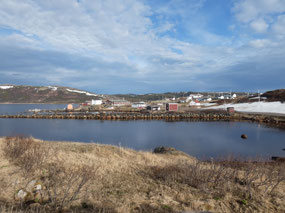
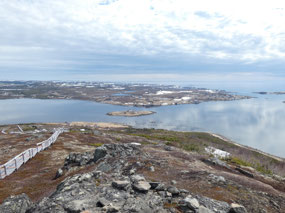
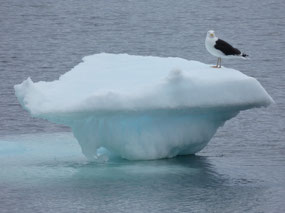




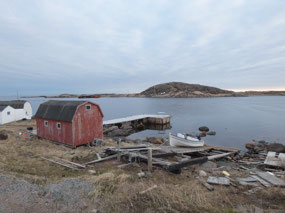
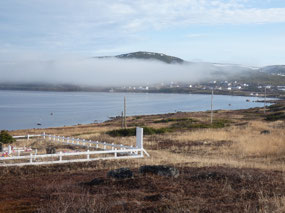
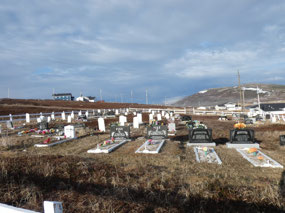
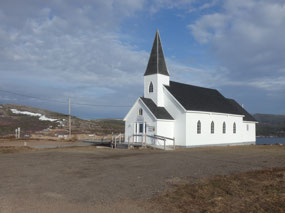
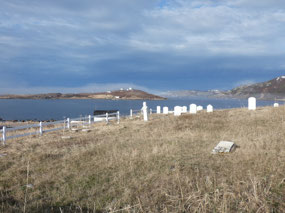
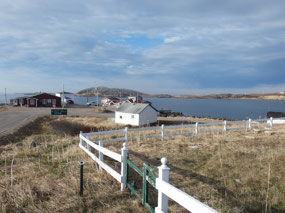
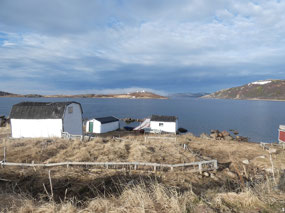
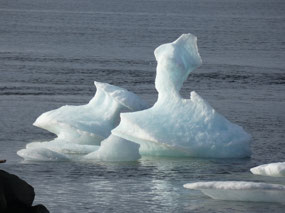
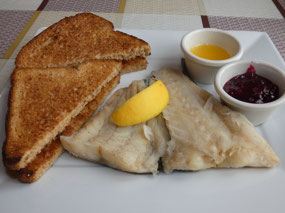
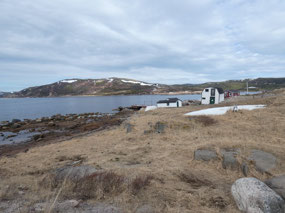
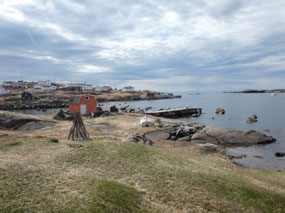
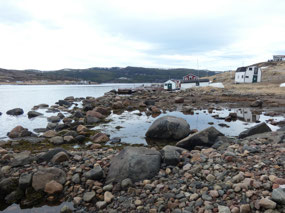
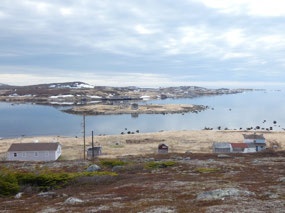
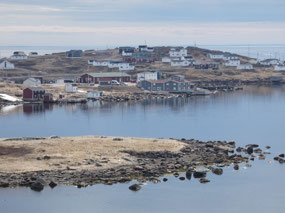
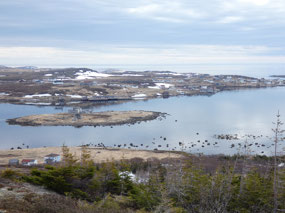
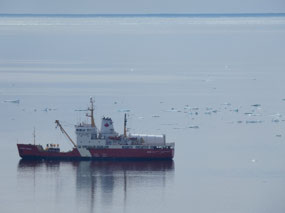
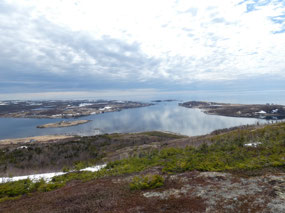
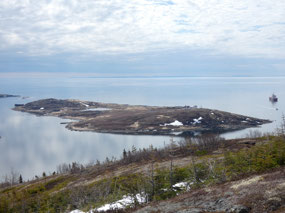

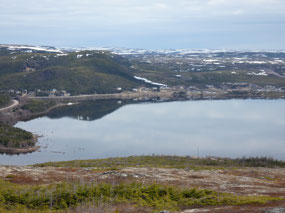
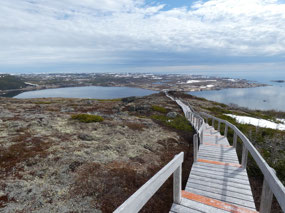
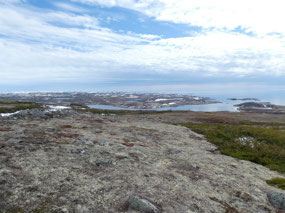
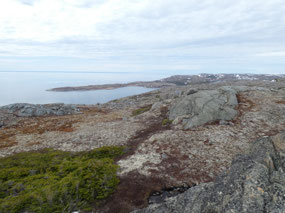
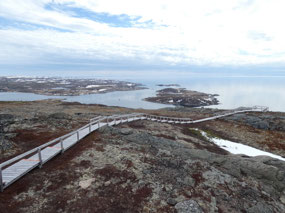
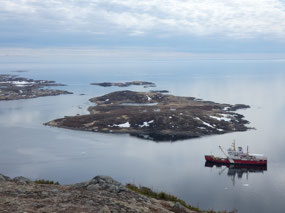
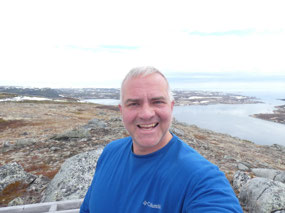
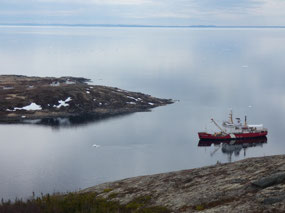
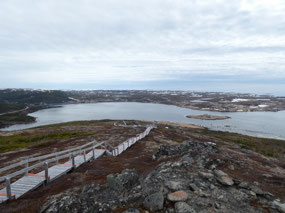
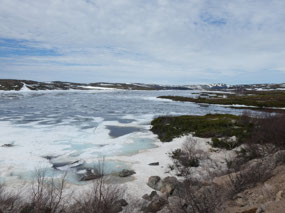
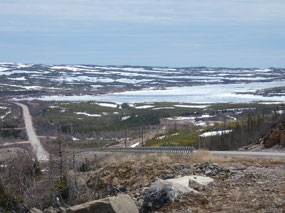


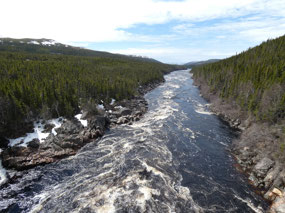
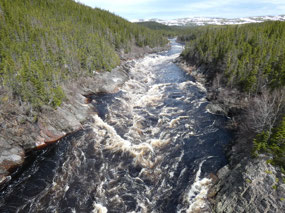
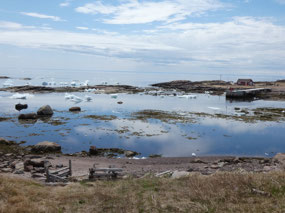
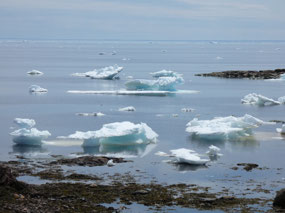

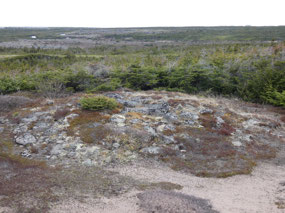
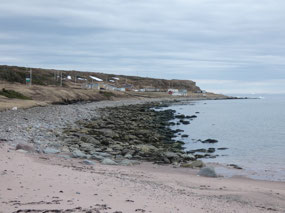

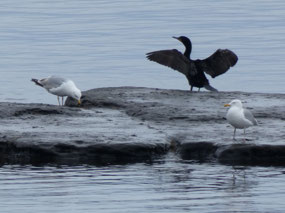
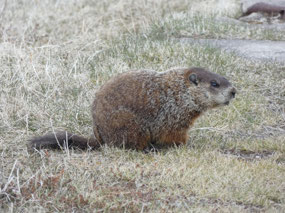
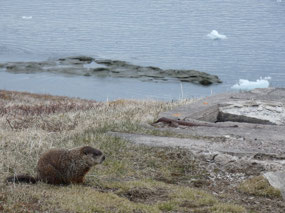
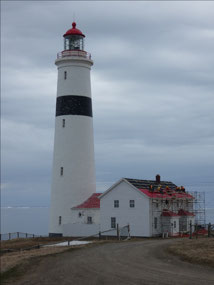
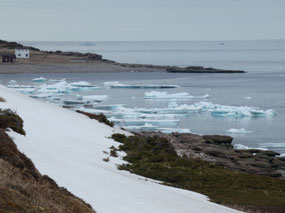
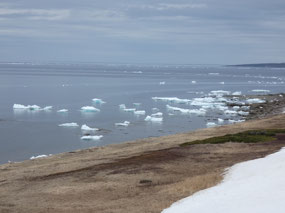
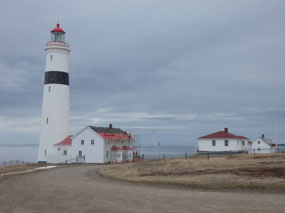
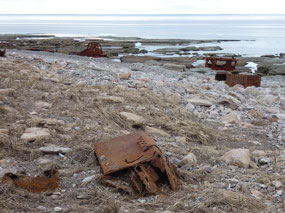
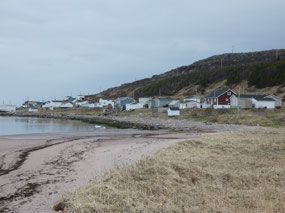
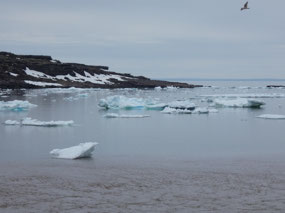
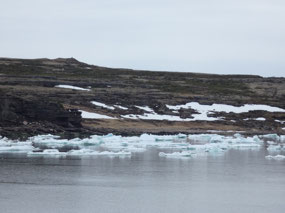

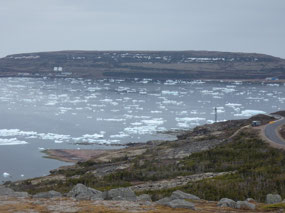
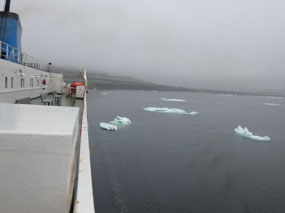
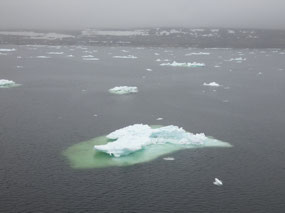
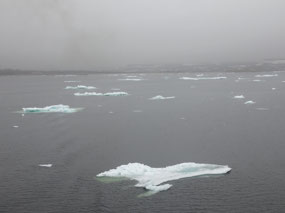
2025-05-23